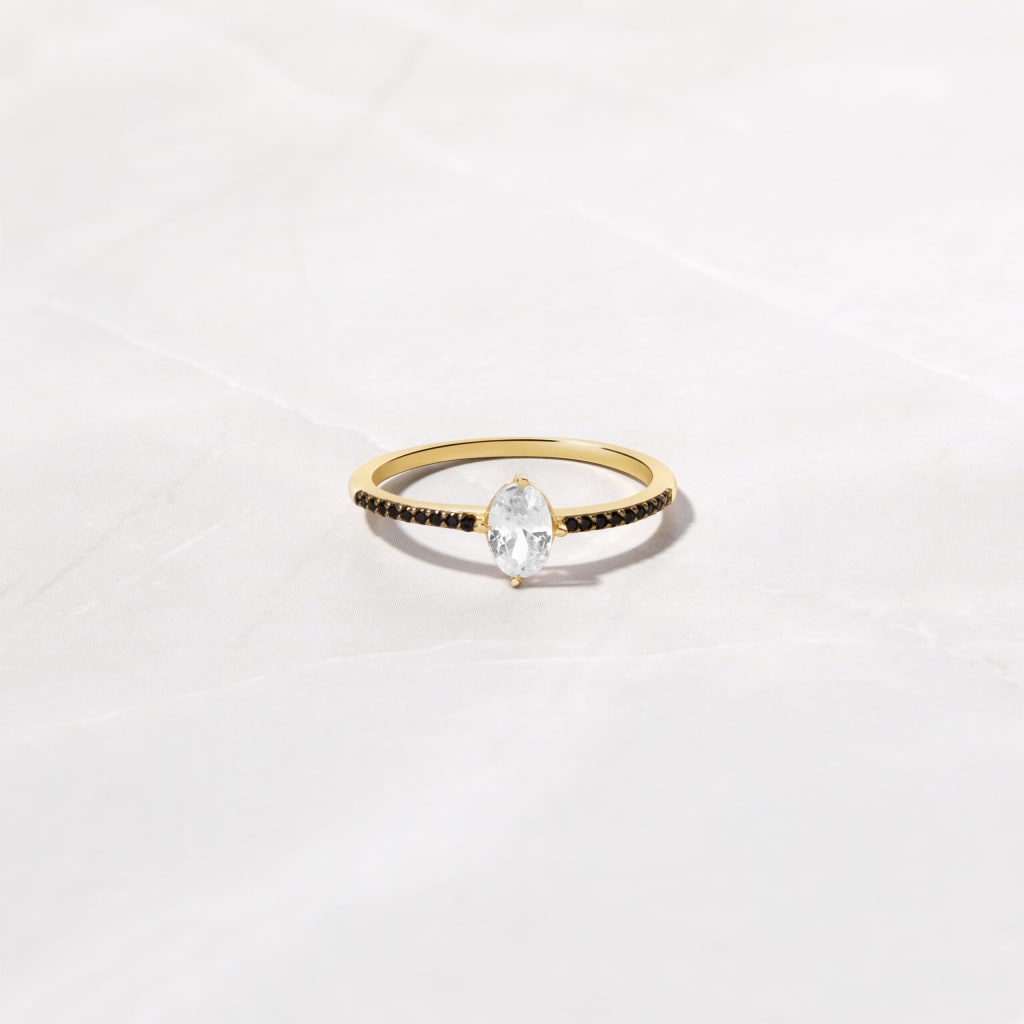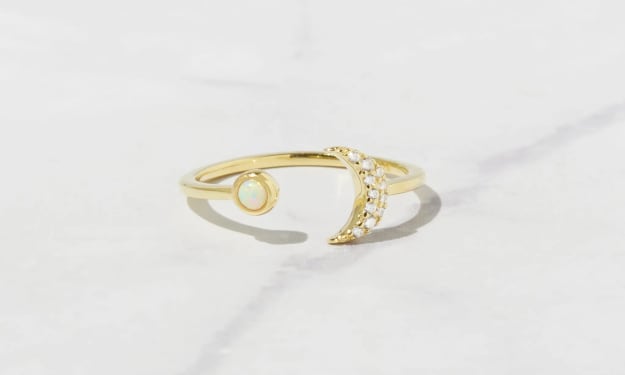The Evolution of 925 Silver Jewelry Throughout History
Let's take a journey through the evolution of 925 silver jewelry, from ancient civilizations to modern-day trends.

925 silver, also known as sterling silver, has been a cherished material for jewelry throughout history. Its combination of beauty, durability, and workability has made it a favorite among artisans and wearers alike. Let's take a journey through the evolution of 925 silver jewelry, from ancient civilizations to modern-day trends.
Ancient Civilizations
Egypt (3000-1200 BCE)
Significance: Silver was considered more valuable than gold.
Uses: Egyptians crafted intricate silver jewelry, including necklaces, bracelets, and amulets, often adorned with precious stones.
Mesopotamia (2500-600 BCE)
Craftsmanship: Mesopotamian artisans used silver to create detailed pieces featuring mythological creatures and religious symbols.
Techniques: Advanced metalworking techniques, such as granulation and filigree, were developed.
Greece (1200-31 BCE)
Styles: Greek jewelry often featured themes from nature, mythology, and everyday life.
Influence: The use of silver in Greek jewelry set a standard for beauty and craftsmanship that influenced subsequent cultures.
The Roman Empire (27 BCE - 476 CE)
Adoption: Romans adopted and expanded upon Greek jewelry techniques.
Innovation: Introduction of silver coinage, which facilitated the use of silver in personal adornments.
Popular Items: Silver rings, brooches, and earrings became widespread, often showcasing intricate designs and gemstones.
The Middle Ages (500-1500 CE)
Religious Influence: The Church played a significant role in the production and use of silver jewelry.
Artifacts: Silver crosses, medallions, and religious relics were common.
Guilds: The rise of guilds standardized silver quality and craftsmanship across Europe.
The Renaissance (14th-17th Century)
Rebirth of Art: Renewed interest in classical art and culture led to more elaborate and artistic jewelry designs.
Techniques: Advances in metalworking techniques, including casting and repoussé (metal shaping by hammering), allowed for more intricate designs.
Patronage: Wealthy patrons commissioned custom silver pieces, leading to unique and personalized jewelry.
The 18th and 19th Centuries
Georgian Era (1714-1830)
Characteristics: Jewelry featured natural themes and gemstones. Silver was often used in combination with gold.
Craftsmanship: Handcrafted pieces with intricate details were highly valued.
Victorian Era (1837-1901)
Mass Production: The Industrial Revolution introduced mass production techniques, making silver jewelry more accessible.
Symbolism: Jewelry often had sentimental value, with motifs such as hearts, flowers, and mourning symbols.
The 20th Century
Art Nouveau (1890-1910)
Designs: Flowing, organic lines and natural motifs dominated this style.
Materials: Silver was used alongside enamel and semi-precious stones.
Art Deco (1920-1935)
Aesthetic: Geometric shapes and bold designs characterized this period.
Influence: The use of silver became more streamlined and modern, reflecting the industrial age.
Mid-20th Century (1940s-1960s)
War Impact: World War II led to a scarcity of precious metals, but post-war prosperity saw a resurgence in silver jewelry.
Trends: Silver jewelry became popular in fashion, with designers creating both fine and costume jewelry pieces.
The Late 20th and Early 21st Century
Modern Styles: A mix of minimalist designs and bold, statement pieces emerged.
Technological Advances: New techniques and tools allowed for innovative designs and high-quality mass production.
Sustainable Practices: Increasing awareness of environmental and ethical issues led to the rise of recycled and ethically sourced silver.
Modern Trends and Future Directions
Customization and Personalization
Trend: Personalized jewelry, such as engraved pieces and custom designs, became popular.
Technology: Advances in 3D printing and laser engraving made customization more accessible.
Sustainability
Focus: Eco-friendly practices, including using recycled silver and sustainable production methods, gained importance.
Consumer Demand: Increasing demand for ethically sourced and environmentally friendly jewelry.
Fashion Influences
Celebrity Endorsements: Celebrity fashion trends continued to influence silver jewelry designs.
High Fashion: Designers incorporated silver into high fashion, blending traditional techniques with modern aesthetics.
Conclusion
From ancient Egypt to modern times, 925 silver jewelry has undergone a fascinating evolution. Its enduring appeal lies in its versatility, beauty, and the skill of the artisans who craft it. As we move forward, sustainability and personalization are likely to shape the future of silver jewelry, ensuring that this precious metal remains a staple in the world of adornment for generations to come.
About the Creator
Enjoyed the story? Support the Creator.
Subscribe for free to receive all their stories in your feed. You could also pledge your support or give them a one-off tip, letting them know you appreciate their work.





Comments
There are no comments for this story
Be the first to respond and start the conversation.